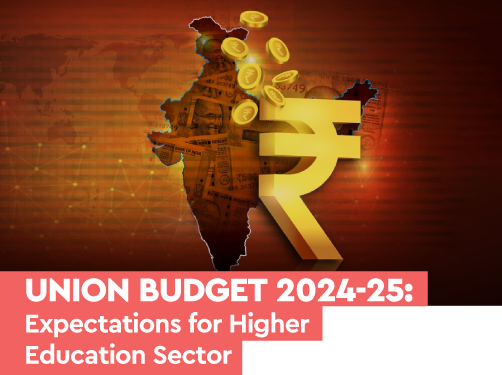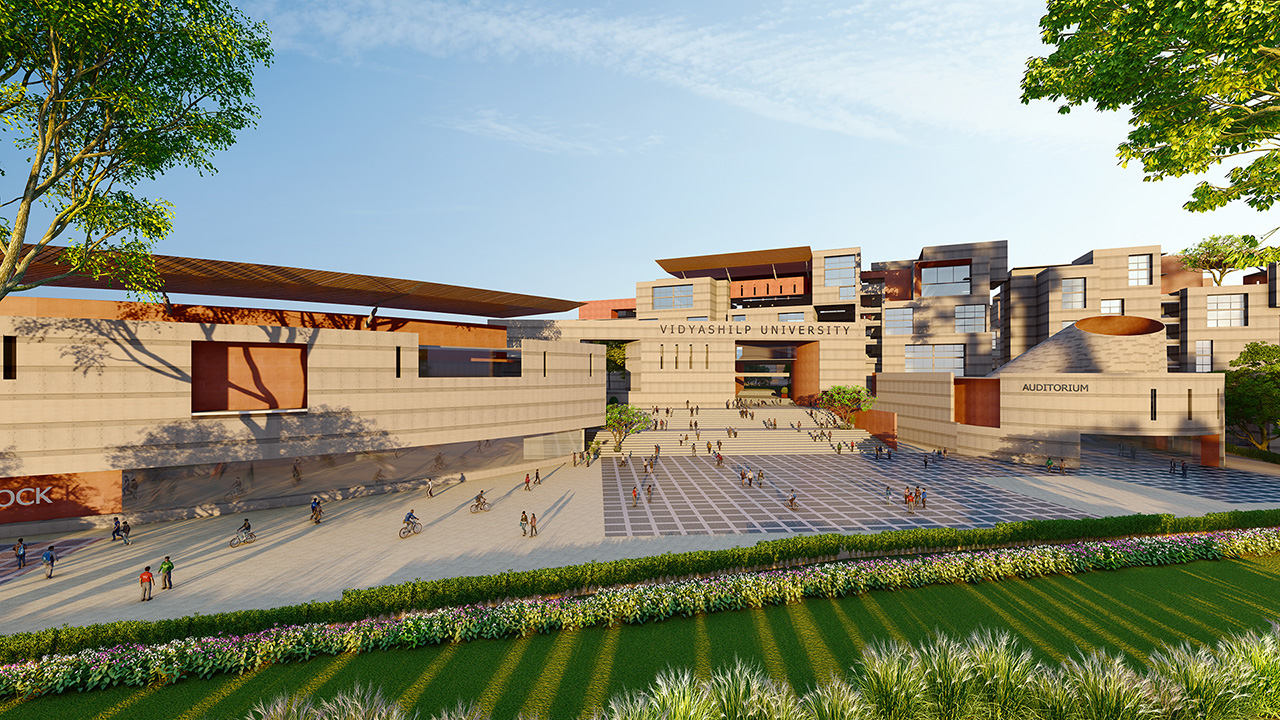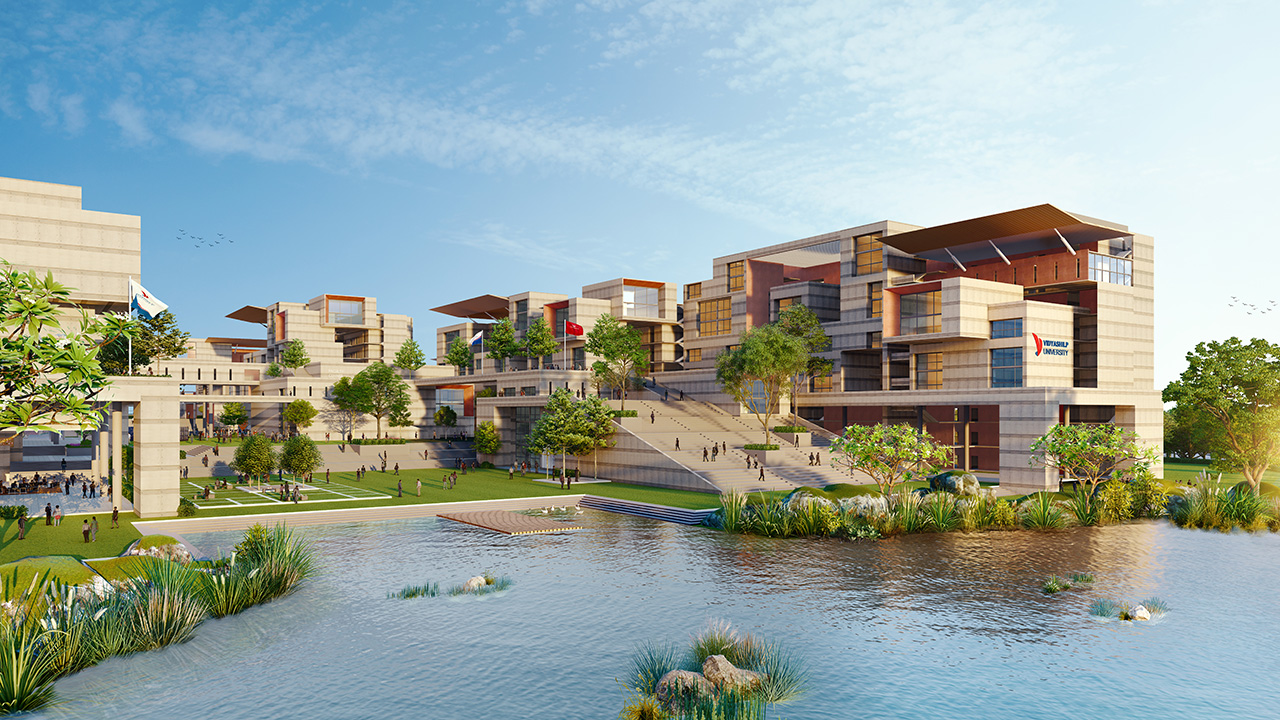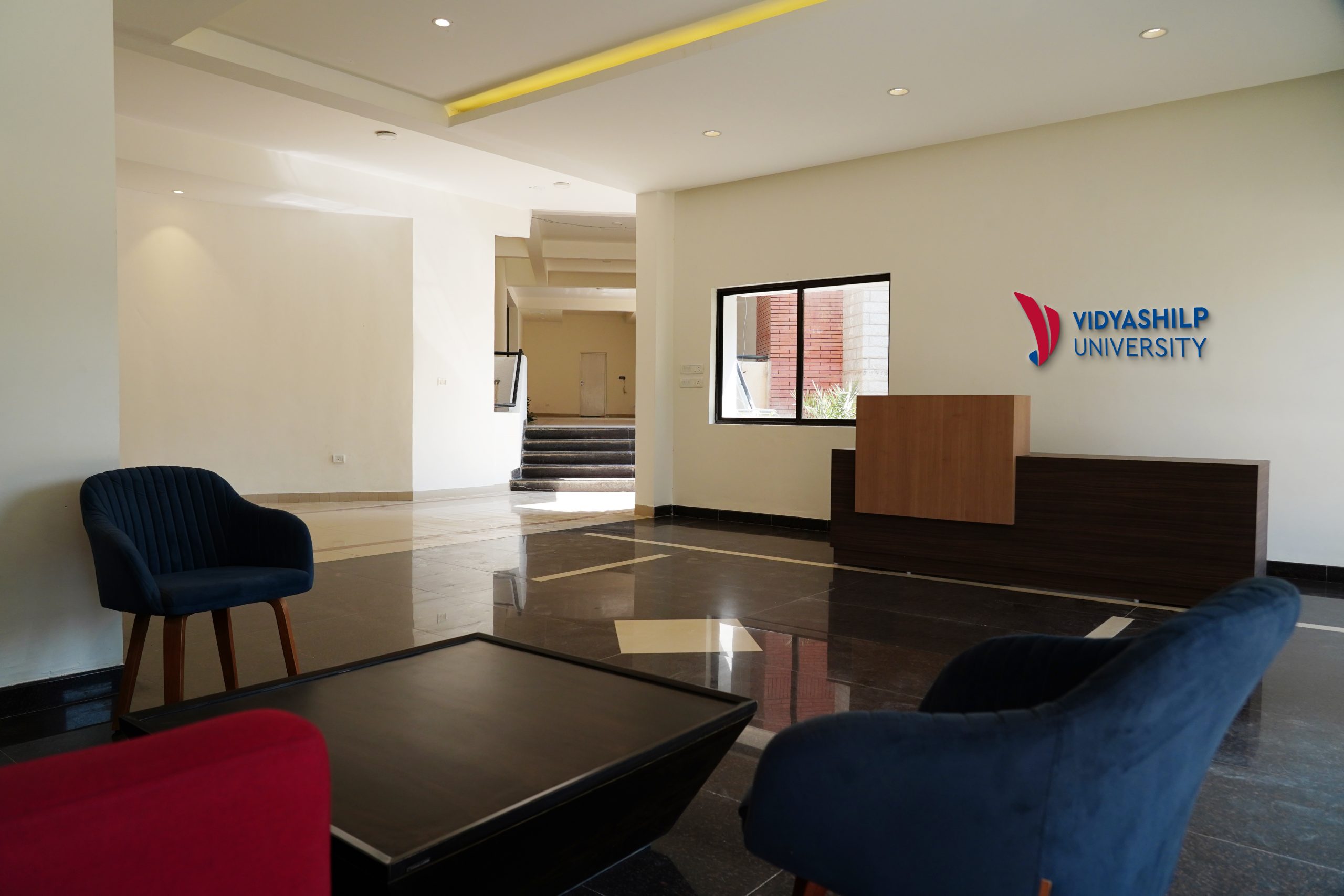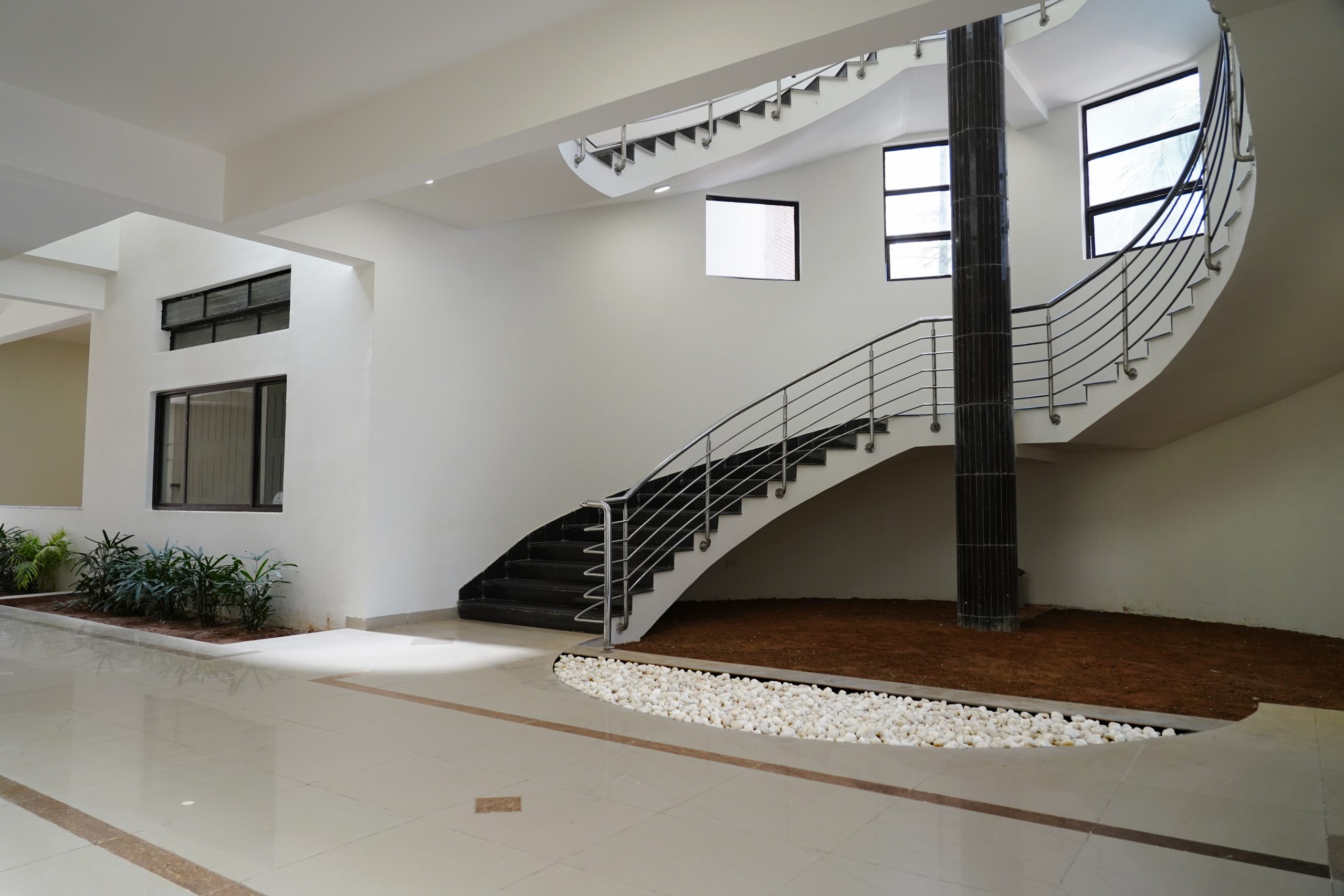We need to see a substantial commitment to R&D and research in universities through increased budgetary allocations. India lags behind in R&D spending, allocating only 0.7% of GDP compared to global leaders like China (2.64%) and the US (3.44%) or even the world average of 2.6%. For example, the investments made by China in R& D and higher education has played a critical role in turning the country into an economic power house. We need to see an increase to at least 2% of GDP within the next 4-5 years to avoid falling behind in the global innovation race. Equipping our universities is crucial for achieving this goal specifically through industry-academia collaborations. Importantly, to drive innovation, research funding should strategically target emerging fields across disciplines and aligned with policies of the government like Make in India or Digital India.


